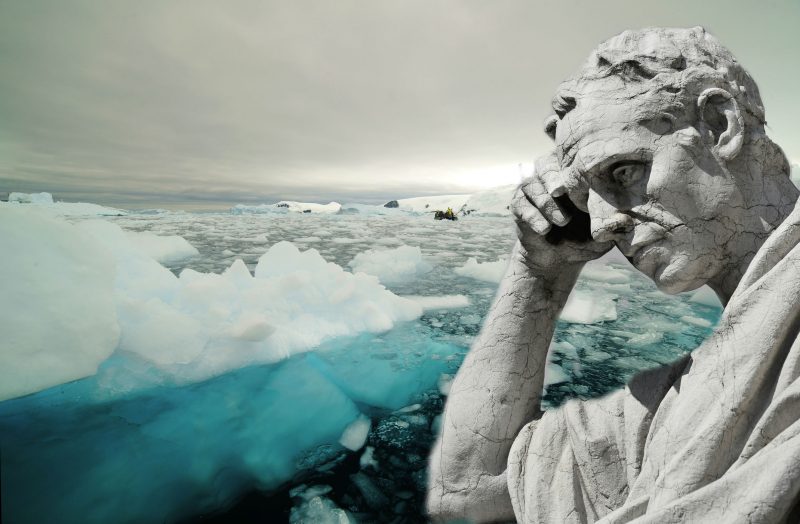The Ides of March, or the assassination of one of Rome’s most famous military and political figures, Julius Caesar, marked the beginning of the end for the Roman Republic. What followed was a period of great turmoil and civil wars, which ended in his great-nephew Augustus’ establishment of the state in the form of an Empire.
All of this was documented by various writers and intellectuals of the time, who foresaw the importance of this great civilization and the effect that its accomplishments, but also its flaws, would have on the future of mankind.
Today, traces of Rome exist in many aspects of modern societies―from the Latin language to the basis of laws and from military tactics to classical architectural style. We are accustomed to knowing the details just by reading the written sources and backing them up with numerous artifacts, such as structures like the Colosseum, or archaeological sites scattered across Italy and Europe.
But even the best-educated scholar realizes that many pieces of the puzzle still remain missing.
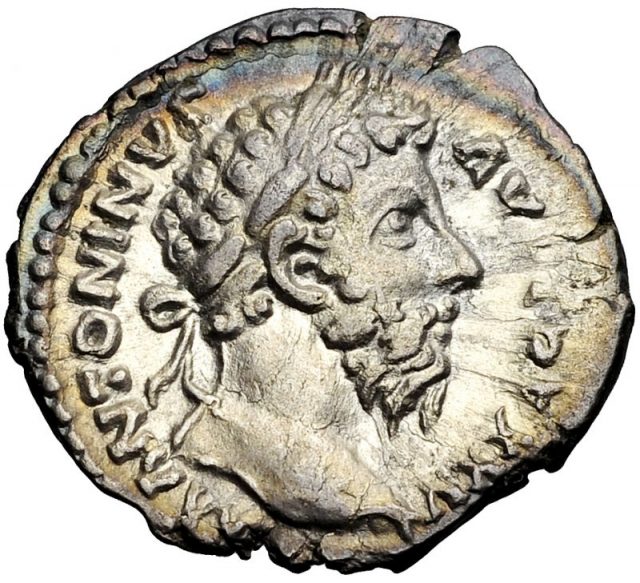
Well, thanks to a group of historians, archaeologists, and climate scientists who have developed a completely new outlook on life in Ancient Rome, the puzzle might just be a step closer to completion. By using a never-before-seen technique, their work could provide us with the insight we need, in order to completely understand the civilization on which Europe is founded.
The starting point of this new approach was the analysis of Greenland’s ice sheet. It might sound strange―looking for clues about a civilization that comes from the Apennine Peninsula on a huge island in the Arctic Archipelago―but there is an explanation that revolutionized the way we perceive history.
The answer lies in lead pollution and the circulation of that pollution all the way from southern Europe to an island so close to the northernmost tip of the Earth.
The team working on excavating the 2,000-year-old layer of ice that contains large amounts of lead concluded that this phenomenon is related to the production of Roman coins.
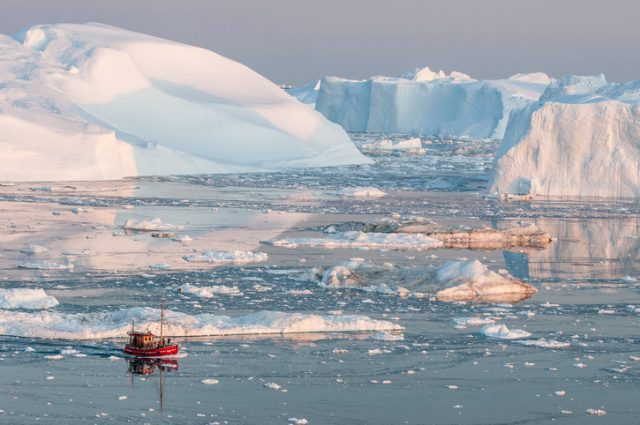
The metallurgy process created vast clouds that traveled through the atmosphere, finally reaching Greenland, where the clouds would form a layer of lead-contaminated ice, after falling with the snow.
The research also explains how the Romans perceived their economy: Whenever they were able to produce more money, they would. Although the Roman denarius was supposedly based on silver, it was actually based on an alloy which included silver, lead, and copper.
Thus, the scientists have determined the periods of greater and lesser production of coins that related to the rise and fall of the Empire.
7 Things you may not know about Roman Gladiators.
Thanks to this, the scientists working on the project were able to get a clear image of Rome’s economic activity in the period between 1100 B.C. and 800 A.D, while using known facts to confirm their theory.
For example, during its conflict with Carthage in 218 B.C, also known as the Second Punic War, Rome’s production of coins abruptly fell, only to skyrocket after the defeat of Carthage’s leader, Hannibal Barca. The reason for this was the conquest of Spanish mines that were under Hannibal’s control.
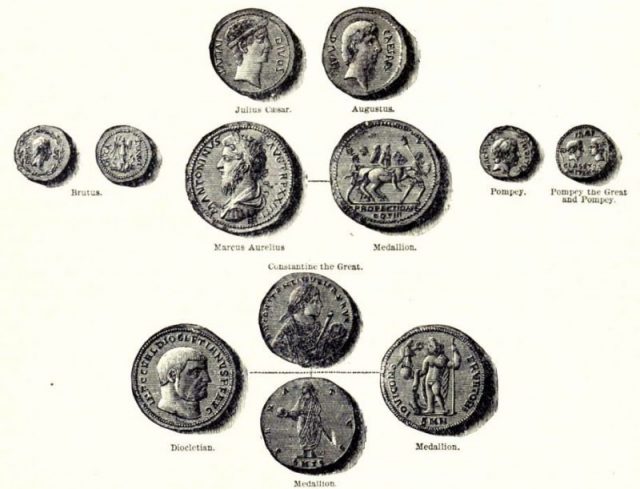
The recently published paper for the Proceedings of the National Academy of Sciences, the official scientific journal of the National Academy of Sciences of the United States of America, has already begun to shake scientific circles.
According to Joe McConnell, who is a professor of hydrology at the Desert Research Institute and one of the co-authors of the paper, the method used in this research is simply far more superior than anything before: “There isn’t anything close to this detailed. Our record is dramatically different both in its temporal resolution and in its dating precision.”
McConnel gave an interview to The Atlantic regarding the paper, together with his colleague, Seth Bernard, a professor of ancient history at the University of Toronto.
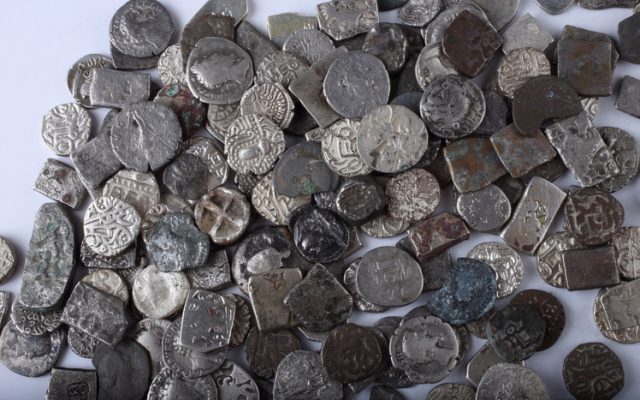
The latter went on to explain the importance of this discovery, as it provides the most vivid picture of the development of trade and economy in Rome. Bernard focused on the economic boom of the early Empire, known also as the Pax Romana period. The Pax Romana, or the Roman Peace, was a 206-year period of mostly uninterrupted peace, as opposed to the civil wars of the late-stage Republic.
“The size of this integrated monetary zone is unparalleled. And the volume of coinage seems larger than any time before or afterward—it really shows the integration of the Roman economy and the level of trade that was going on.”
But the discovery wouldn’t be possible without advancements in computer technology. The computer models of the atmosphere have largely improved and are now capable of providing scientists with a visual simulation of how the air traveled from the let’s say, mines of the Iberian Peninsula to the Greenland ice sheet.
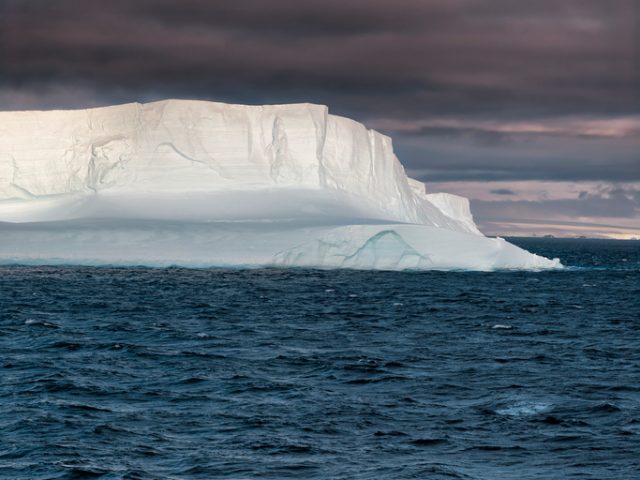
Also, the method relies on highly sophisticated mass spectrometers for measuring elements and chemicals within samples―something that was unthinkable as late as the 1990s.
Thus, this study is extremely thorough; it uses over 25,000 observations of the ice core and spans a 2,000-year period, offering insight into not only the Roman economy but also the economies of other civilizations of the time, like the Phoenicians.
By binding the written and other physical evidence of Rome’s economic power with the footprint it left on Greenland’s ice sheet, this research provided a solid ground for numerous other explorations into the past.
What’s most striking perhaps is the idea that our own civilization is leaving the same type of footprint right now―one which will maybe serve in the future as a basis for research on the economy of our times.
Nikola Budanovic is a freelance journalist who has worked for various media outlets such as Vice, War History Online,The Vintage News, Taste of Cinema,etc. He mostly deals with subjects such as military history and history in general, literature and film.
